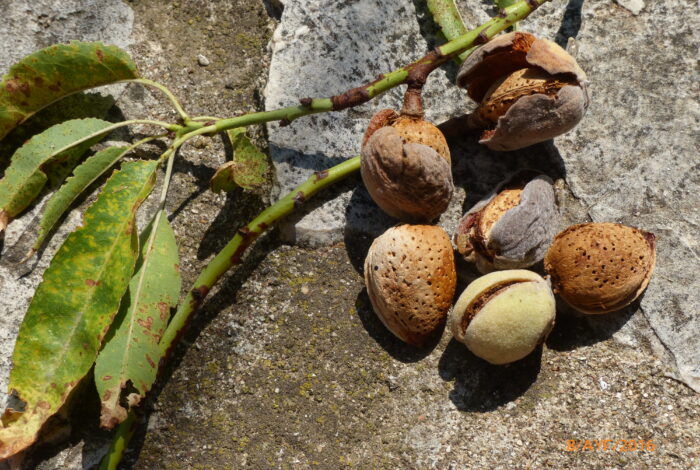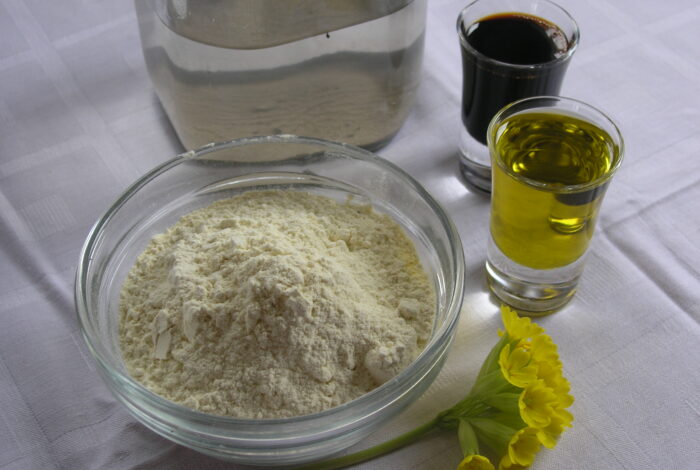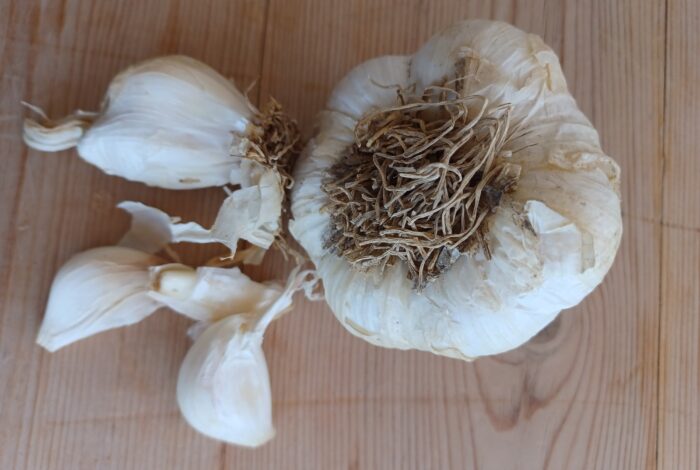Soultana-Maria Valamoti
A time-honoured legume, the lentil has been a component of human diets in Greece since the 7th millennium BC or even earlier, as evidenced by a few charred seeds found in the Franchthi Cave. Charred lentil seeds – burnt either during cooking on a hearth or as a result of the destruction of a prehistoric site by fire – are perhaps the most frequently encountered legume in the archaeological layers of the Neolithic and Bronze Ages. Lentils appear just as frequently in ancient Greek texts, either as the seed (phakos) or as lentil soup, known in antiquity, as today, by the name phaki. Beyond soup, lentils could also be prepared as a thick porridge, the well-known etnos of the ancient Greeks, as seen in the works of Phainias (4th century BC). Ground lentils were also used in a type of bread known as phakinos artos. They were sometimes combined with ptisani, a preparation based on hulled barley, to create a dish known in antiquity as phakoptisani, as noted by Galen in the 2nd century AD – a dish somewhat analogous to today’s lentil and rice dish (fakoryzo).
Lentils cooked in soup were also apparently combined in ancient Greece with the bulbs of a wild-growing plant, most likely belonging to the Muscari genus. This dish was known in antiquity as volvophaki. It is mentioned by the 3rd-century BC philosopher Chrysippus, as cited by Athenaeus. Chrysippus praises volvophaki, remarking that eating this dish on a cold winter’s night is like tasting ambrosia. From the texts, it is clear that bulbs were consumed as a delicacy in antiquity: they appear in lists of foods in comic poetry (e.g., in Aristophanes’ Ecclesiazusae) as well as in the Hippocratic corpus. The ancient word is identical to the modern one: volvoi (bulbs). Today, in Crete, the bulbs of Muscari comosum, locally known as askordoulakoi, are gathered and, after undergoing processing for preservation, are eaten in a variety of combinations. One such preparation closely resembles ancient volvophaki, pairing bulbs with legume seeds. In the modern Cretan recipe, however, it is cooked broad beans rather than lentils that are combined with the askordoulakoi – the very same bulbs the ancient Greeks consumed.
Photo: Lentil soup with bulbs. Photo by S.M. Valamoti, April 2025










